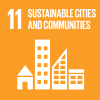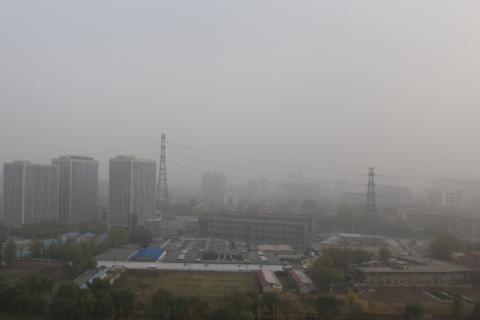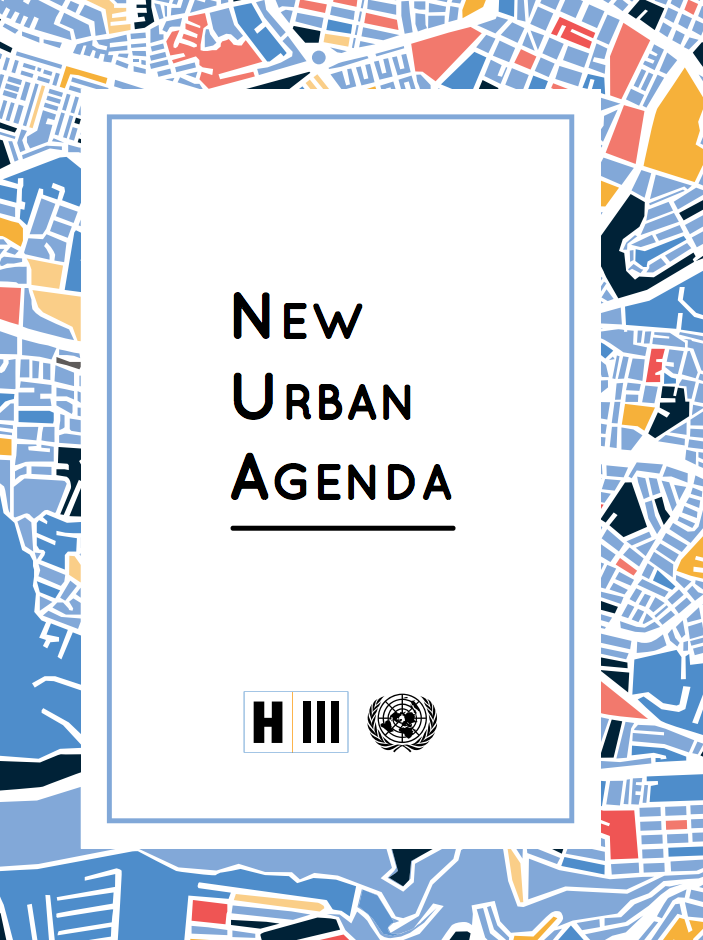
Ratio of land consumption rate to population growth rate
Last updated on 1 February 2022
This indicator is currently classified as Tier II. The United Nations Human Settlements Programme (UN-Habitat).
Unit of measure: The unitless indicator is measured as a ratio of the consumption rate (%) and population growth rate (%).
Why is this indicator important?
Urban areas are expected to grow considerably in the coming years. Many cities around the world have vast urban expansion plans. Urban sprawl can increase CO2 emissions and pose a threat to people and the planet. High rates of urban densification without adequate provision of infrastructure also results in diverse urban challenges. Urban expansion needs to be done efficiently and inclusively to ensure sustainable land use and management.
This indicator allows decision makers to track and manage urban growth and therefore allows them to promote land use efficiency in this context. In sum, it ensures that the SDGs adequately address the wider dimensions of space and land and provides a foundation for achieving other sustainable development goals, including those pertaining to health, food security, energy and climate change.
How is the indicator measured and monitored?
Several sources of information are required for the indicator computation, including multi-temporal satellite imagery through remote sensing and geospatial analysis processes as well as population data from censuses and surveys. Data for developed urban land is usually available from the urban planning units of cities and, where lacking, can be generated from openly and freely available satellite imagery.
Within the defined city/ urban area boundaries, the changes in built up areas over time are used to estimate the land consumption rate. The use of this measure accounts for aspects such as “newly developed”, "partially developed” and/or “redeveloped” land. According to the metadata document, defining the city or urban area poses a challenge since quite often land consumption through urbanization processes happen outside official municipality boundaries. The interpretation of the results is limited in cases with negative or zero growth. In addition, multiple city aggregations may lead to wrong interpretations.
By Anne Hennings, peer-reviewed by Dennis Mwaniki, Spatial Data Expert at UN-Habitat’s Data and Analytics Unit.
Other related indicators on Land Portal
In addition to the official indicator data, the following indicators provide information on urban expansion and related land use planning questions.
| Indicator | Min-Max Number of years |
Countries / Obs | Min / Max Value |
|---|---|---|---|
| Land use planning guides expansion in other cities | |||
| Land use planning guides expansion in the largest city | |||
| Population growth | |||
| Process for urban expansion clear, public, respects rights | |||
| Urban Population |
An examination of China’s New Urbanization Strategy
Jun Yang
Tsinghua University, China
In the last three decades, urbanization in China moved ahead at an unprecedented speed. Between 1978 and 2014, the urbanization rate increased from 17.9% to 53.7% (Chinese Government Network, 2015 [In Chinese]). During that time, more than five hundred million people moved from rural areas into cities. Rapid urbanization, along with industrialization, has propelled social and economic development not only in China, but globally as well.
Paginação
LAND GOVERNANCE IN URBAN AREAS CASE OF NAIROBI CITY COUNTY
Globalisation and urbanisation trends in developing countries present both opportunities for growth and development on one hand while contributing to the complex myriad challenges of managing urbanisation on the other hand. Cities and urban areas play a critical in the development of a country.
influence of rapid urbanization and land use changes on terrestrial carbon sources/sinks in Guangzhou, China
Complex changes in carbon sources and sinks caused by rapid urbanization have been observed with extensive changes in the quantity, structure, and spatial pattern of land use types. Based on the modified Carnegie-Ames-Stanford Approach model and on gray relational analysis, we analyzed the influence of land use changes on carbon sinks and emissions in Guangzhou from 2000 to 2012.
The New Urban Agenda
The New Urban Agenda represents a shared vision for a better and more sustainable future – one in which all people have equal rights and access to the benefits and opportunities that cities can offer, and in which the international community reconsiders the urban systems and physical form of our urban spaces to achieve this.
Brief: Land and the New Urban Agenda
When finalizing the New Urban Agenda, United Nations Member States should address land as a key focus area and give attention to all types of human settlements: urban, peri-urban and rural, rich and poor.
Metropolitan Governance in Brazil
In less than fifty years, Brazil evolved
from a predominantly rural society and economy to a highly
urbanized country in which 85 percent of its people now live
in urban areas and more than 90 percent of the country’s GDP
is generated in the cities. This rapid urbanization process
Paginação
![]()

By 2030, enhance inclusive and sustainable urbanization and capacity for participatory, integrated and sustainable human settlement planning and management in all countries
Indicator details
The indicator is conceptually clear, has an internationally established methodology and standards are available, but data is not regularly produced by countries.
Key dates:








